According to Taiwanese media, Apple will introduce a new capacitive button design in the iPhone 16 series. The Taiwanese semiconductor manufacturer, TSMC, has received the order for this key module.
The new capacitive buttons will be located on the sides of the device, replacing the physical buttons including the volume and power buttons.
There have been rumors since 2022 that Apple would adopt new capacitive buttons on the iPhone, similar to the pressure-sensitive home button on models like the iPhone 7/8/SE2.
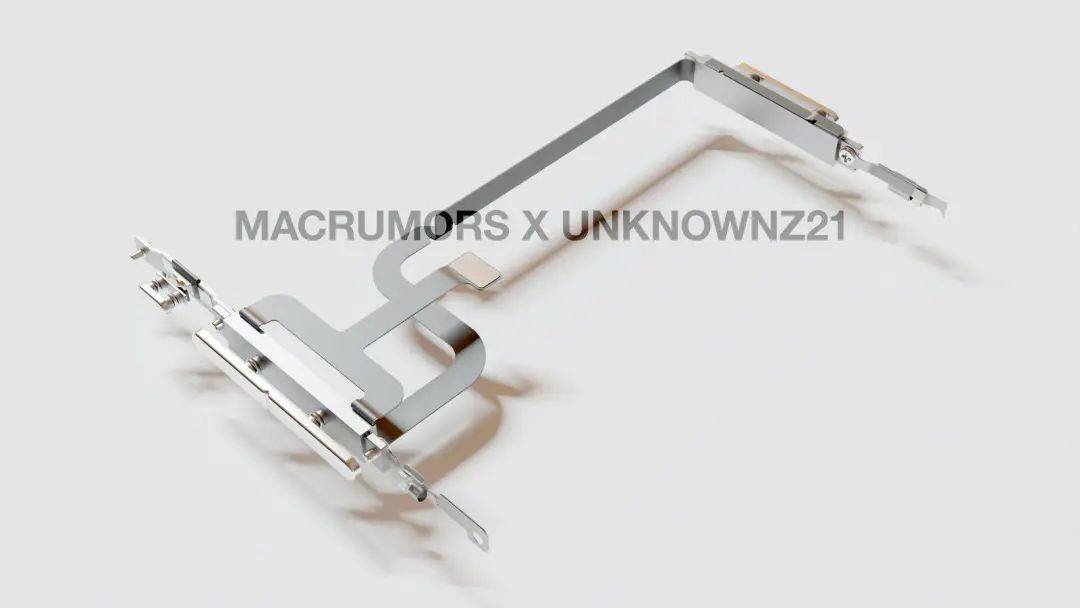
Concept image of iPhone button design. Image Source: MacRumors.
Apple had an internal project called “Project Bongo” that aimed to redesign the volume and power buttons on the iPhone. However, due to technical constraints, “Project Bongo” was put on hold for some time.
Now, Apple intends to restart this project.
According to The Information, Apple will move the buttons to a lower position and they will be present in the entire iPhone 16 series.
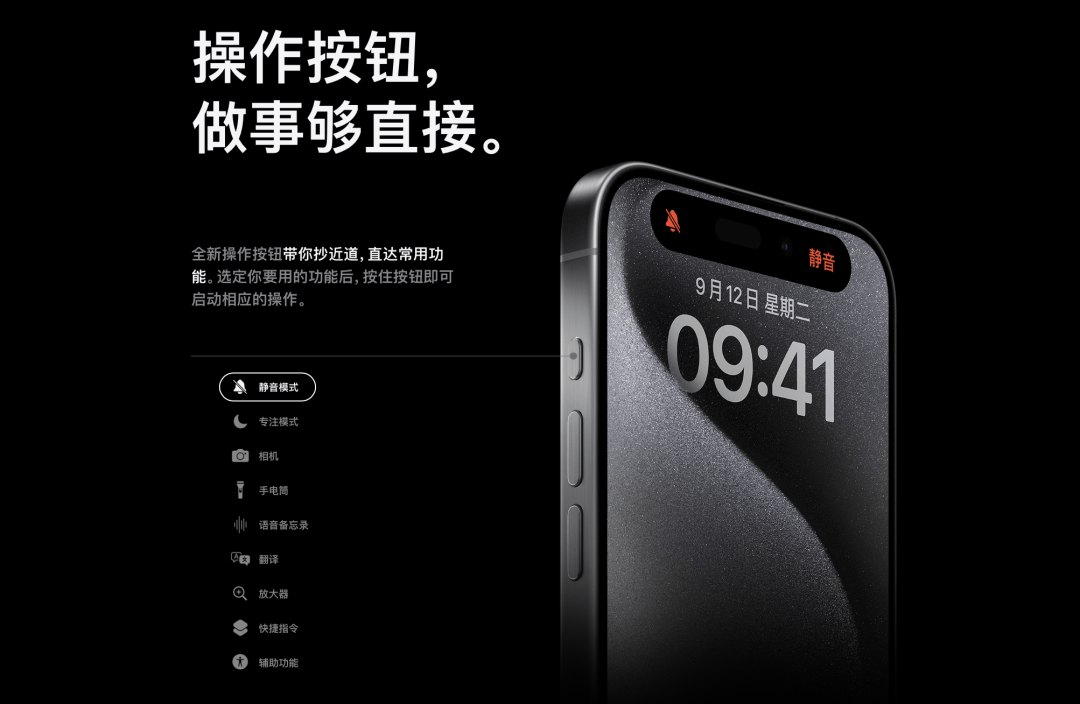
The new iPhone models may feature capacitive buttons that are flush with the frame.
However, the volume and power buttons will still remain mechanical buttons.
These button changes suggest that Apple is still exploring the possibility of fully flat buttons and may continue to develop in this direction in the future.
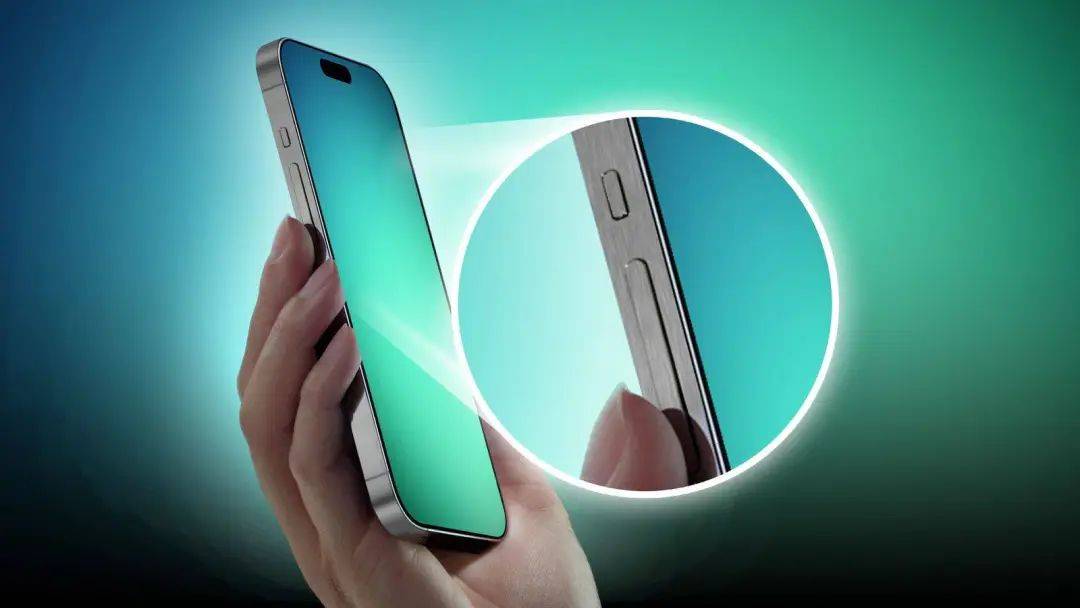
Concept image of iPhone button design. Image Source: MacRumors.
Furthermore, Apple might introduce a new “shutter button” for the iPhone.
The shutter button will be located below the right side of the device and will primarily be used for taking photos and videos.
With the help of sensors, this button will accurately detect the level of pressure applied, providing a similar experience to “Force Touch.”
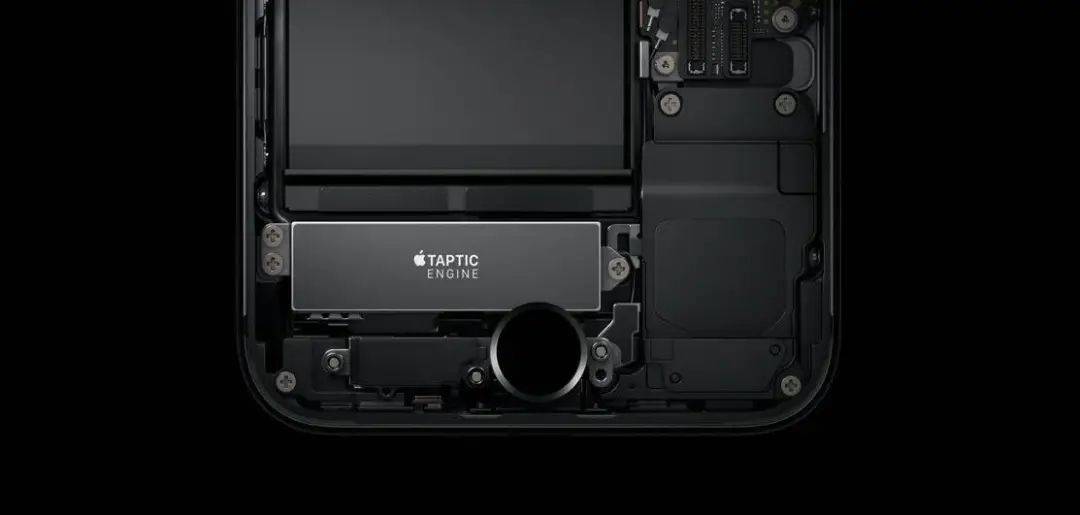
Users can lightly press the shutter button to focus when taking photos or videos, and a stronger press will trigger the capture.
Additionally, users will be able to swipe left or right on the button to zoom in or out, simulating the zoom function of a camera.
Apple is striving to replicate the photography experience of a standalone camera with the “shutter button,” which resembles a combination of a camera shutter button and dial.
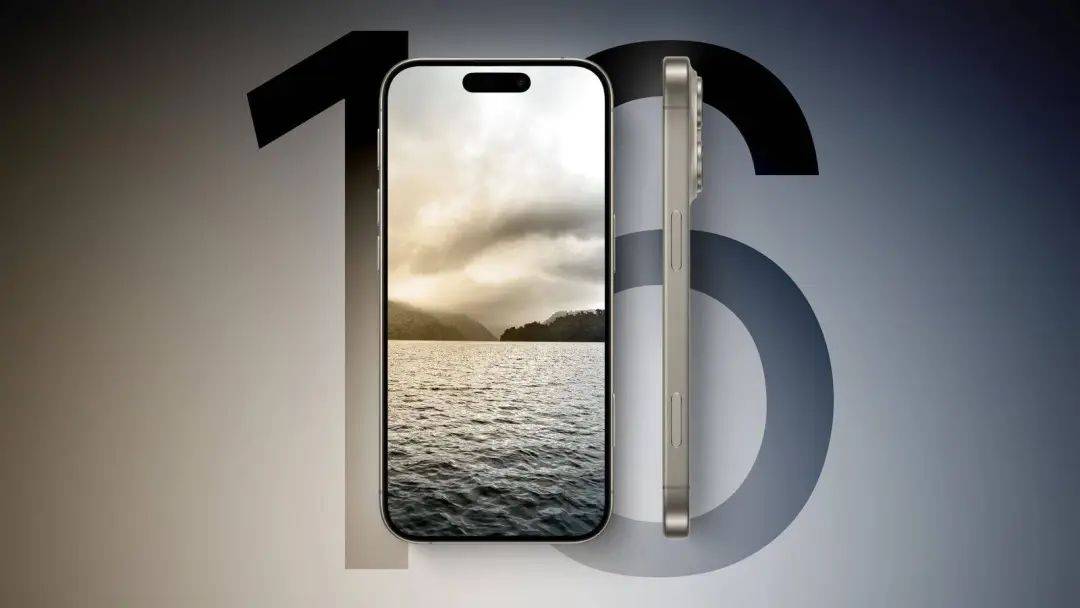
Concept image of iPhone button design. Image Source: MacRumors.
To mimic the feedback of physical buttons, analyst Ming-Chi Kuo also predicted that Apple will add two taptic engine motors on the left and right sides of the device, bringing the total number of vibration motors to three on the new iPhone.
Furthermore, Apple plans to optimize the vibration motors. An internal project at Apple called the “Bongo Haptic Engine” indicates that the future iPhone will adopt new linear resonant actuators.
Linear resonant actuators work based on the uneven magnetic resistance generated by the rotor, allowing for faster vibration speed and faster response times compared to traditional motors.
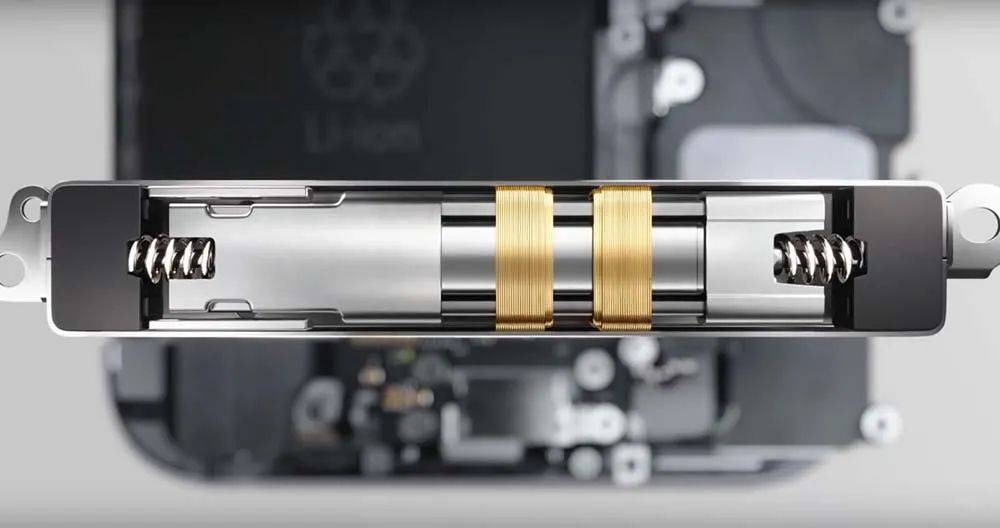
The addition of linear resonant actuators will provide a more realistic button feel for the “shutter button.”
When users swipe the “shutter button” to zoom in or out, they will experience a delicate sensation similar to turning a physical dial. Combined with sound effects, the “shutter button” will offer a truly immersive experience.
Currently, it is uncertain whether the “shutter button” will use mechanical or capacitive technology, although some analysts believe the likelihood of capacitive buttons is higher.
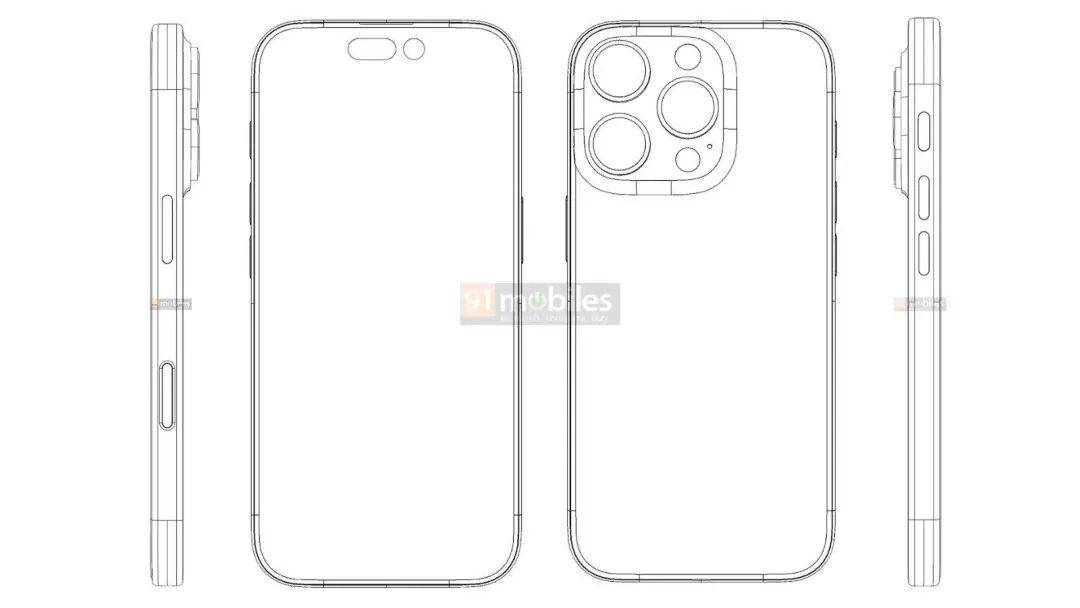
iPhone diagram made from leaked information. Image Source: 91mobiles.
Looking back at Apple’s history of products, it’s clear that integration is the ultimate goal.
Apple has always been exploring integrated technology. Since the introduction of the integrated casing process on the MacBook Air in 2008, Apple has been obsessed with expanding it to more products.

The Jet Black color of the iPhone 7 presented a seamless visual appearance, which still looks exquisite to this day.
Although the back cover was later changed to glass for wireless charging functionality, Apple still aims to minimize seams and create a unified grip and visual experience.
Since the iPhone 11 series, Apple has adopted a new back cover process by directly drilling holes in a single piece of glass, rather than combining the camera module with the glass.
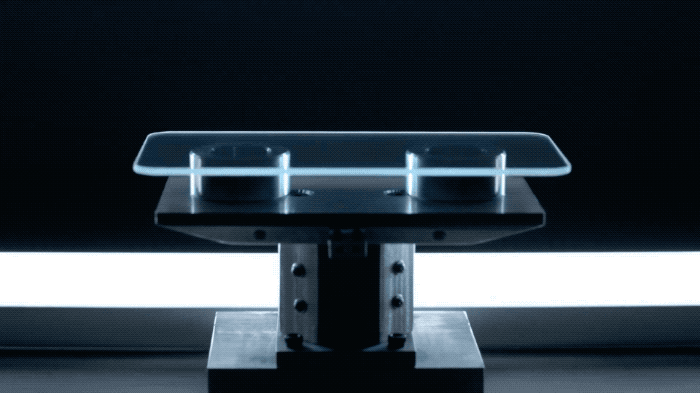
Apple has an obsession with integration. Former Chief Design Officer Jony Ive emphasized in a video explaining the iPhone 7’s manufacturing process:
“Simplification and refinement have always been our focus, in order to incorporate integration and efficiency into design, we have developed a whole new set of procedures.”
Apple’s exploration of integration will continue in order to create the ideal device.